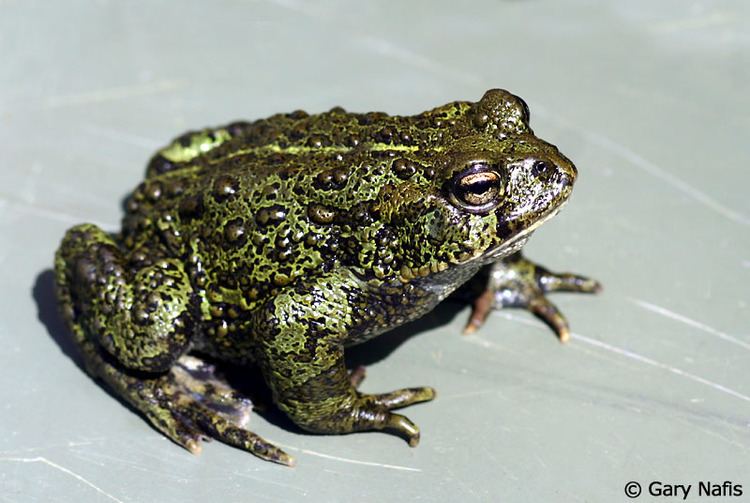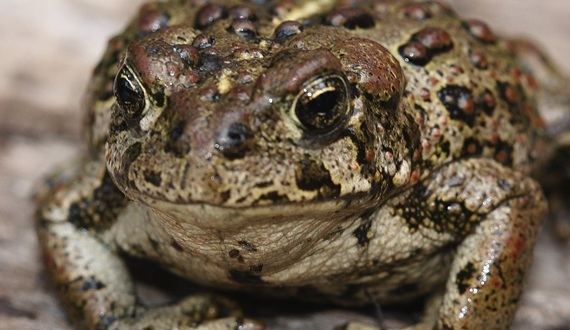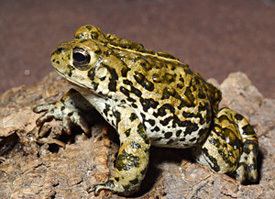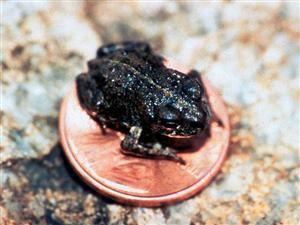Family Bufonidae Rank Subspecies | Phylum Chordata Order Anura Genus Bufo | |
 | ||
Similar Western toad, Anaxyrus, Columbia spotted frog, Boreal chorus frog, California toad | ||
The boreal toad (Bufo boreas boreas) is a subspecies of the western toad (Bufo boreas). They are commonly found in the Southern Rocky Mountains and in recent, their population has been on the decline due to an emerging amphibian disease, chytrid fungus. The boreal toad is currently listed as an endangered species by Colorado and New Mexico. It is known in Colorado as the only alpine species of toad.
Contents

Boreal toad release call
Appearance

Boreal toads lack a cranial crest and can be distinguished from the Western toad by looking at its underbelly, which is covered by a considerable amount of dark blotches. Adult males on average are between 2.4–3.1 inches and females are 2.9–3.9 inches Their coloration can range from brown to green and they have a distinct white middorsal stripe. Both sexes have dry, warty skin and oval parotoid glands. Male boreal toads have no vocal sac, and therefore have no mating call.
Habitat and distribution

The boreal toad is currently found in Wyoming, Colorado, Idaho, Washington, British Columbia, Alaska, Utah and northern New Mexico. It prefers high-altitude wet habitats (8,000–12,000 ft in elevation) such as lakes, marshes, ponds, bogs and quiet shallow water
Diet

Boreal toads feed on a wide variety of insects and invertebrates. Their diet includes grasshoppers, beetles, flies, and mosquitos.
Reproduction

The breeding season is usually from May to Late July and occurs in marshes and still waters. Females on average lay about 3,000 to 8,000 eggs. The tadpoles take around two months to develop and are usually black in color.
Threats
The chytrid fungus (Batrachochytrium dendrobatidis) causes a skin disease in many species of amphibian. Little is known to how it spreads, but it affects amphibians' by feeding off of the keratin produced by the amphibian, which causes keratosis. Keratosis then can either suffocate the amphibian, or cause it to go into cardiac arrest. This can be detrimental to amphibians because it inhibits their ability to absorb water and electrolytes.
